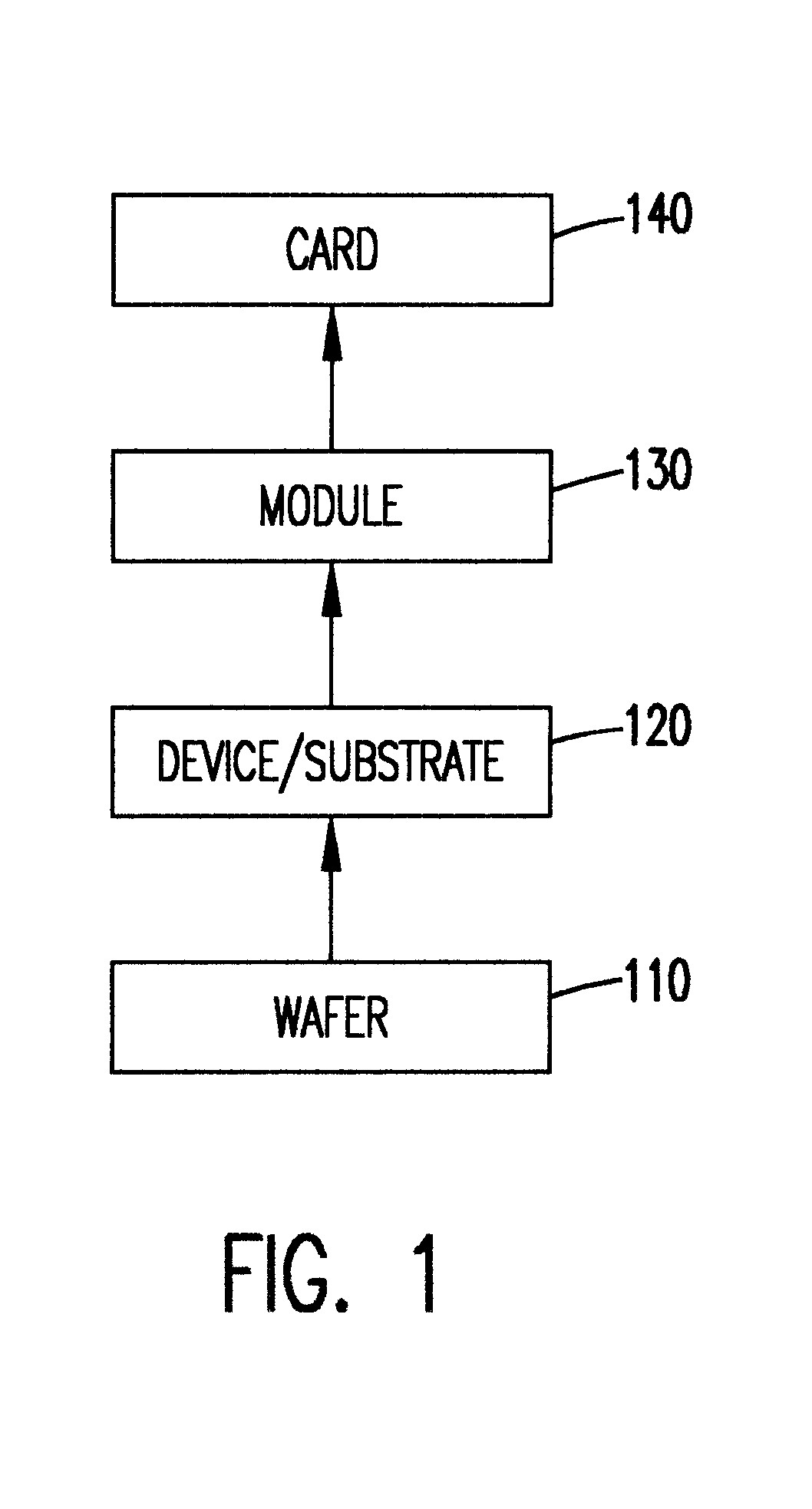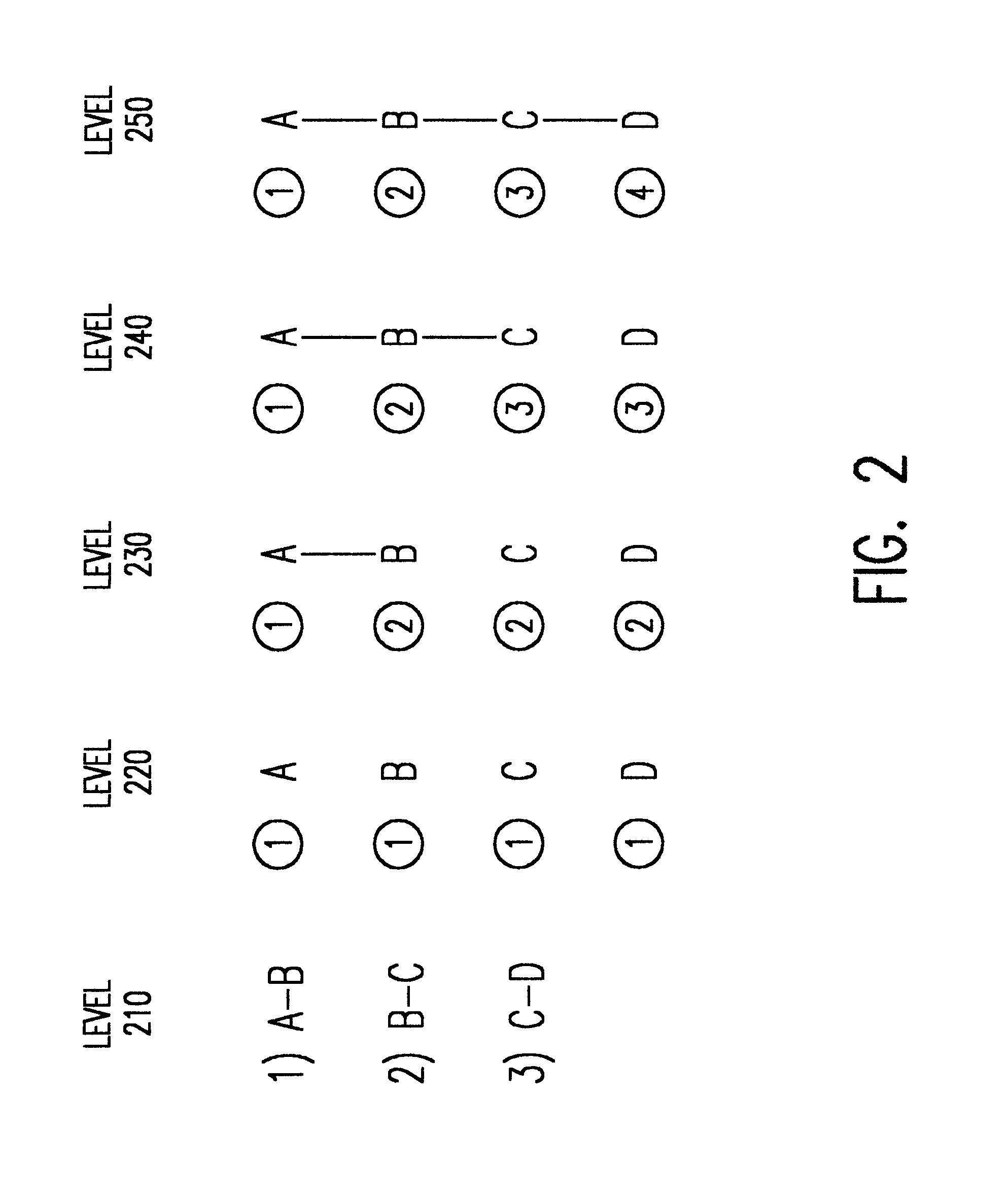Method of calculating low level codes for considering capacities
a capacity and low level code technology, applied in the field of computing low level codes for considering capacities, can solve the problems of significantly affecting the flow of materials through the manufacturing system, insufficient resources available to accommodate perfect just-in-time processing, and complex and refined semiconductor manufacturing processes
- Summary
- Abstract
- Description
- Claims
- Application Information
AI Technical Summary
Problems solved by technology
Method used
Image
Examples
Embodiment Construction
The present invention is directed to a system and method for computing low level codes (LLC) for part numbers (PN) in order to define an appropriate resource-based ordering for sequentially evaluating PNs in the Bill of Material (BOM) supply chain. The system and method of the present invention accounts for capacity resource sharing among PNs as well as complicated dependencies due to specialized processes like binning and material substitution in, for example, semiconductor manufacturing processes. The present invention is also generalizable to resource rationing problems found in other manufacturing industries.
The present invention modifies the LLCs for controlling sequential capacity allocation through modification of conventional low level codes. The present invention employs a systematic set of decision rules for interactively adjusting LLCs so that the LLCs are consistent with interdependencies of resources among PNs due to resource sharing. Thus, the modified LLCs implemented...
PUM
 Login to View More
Login to View More Abstract
Description
Claims
Application Information
 Login to View More
Login to View More - R&D
- Intellectual Property
- Life Sciences
- Materials
- Tech Scout
- Unparalleled Data Quality
- Higher Quality Content
- 60% Fewer Hallucinations
Browse by: Latest US Patents, China's latest patents, Technical Efficacy Thesaurus, Application Domain, Technology Topic, Popular Technical Reports.
© 2025 PatSnap. All rights reserved.Legal|Privacy policy|Modern Slavery Act Transparency Statement|Sitemap|About US| Contact US: help@patsnap.com



